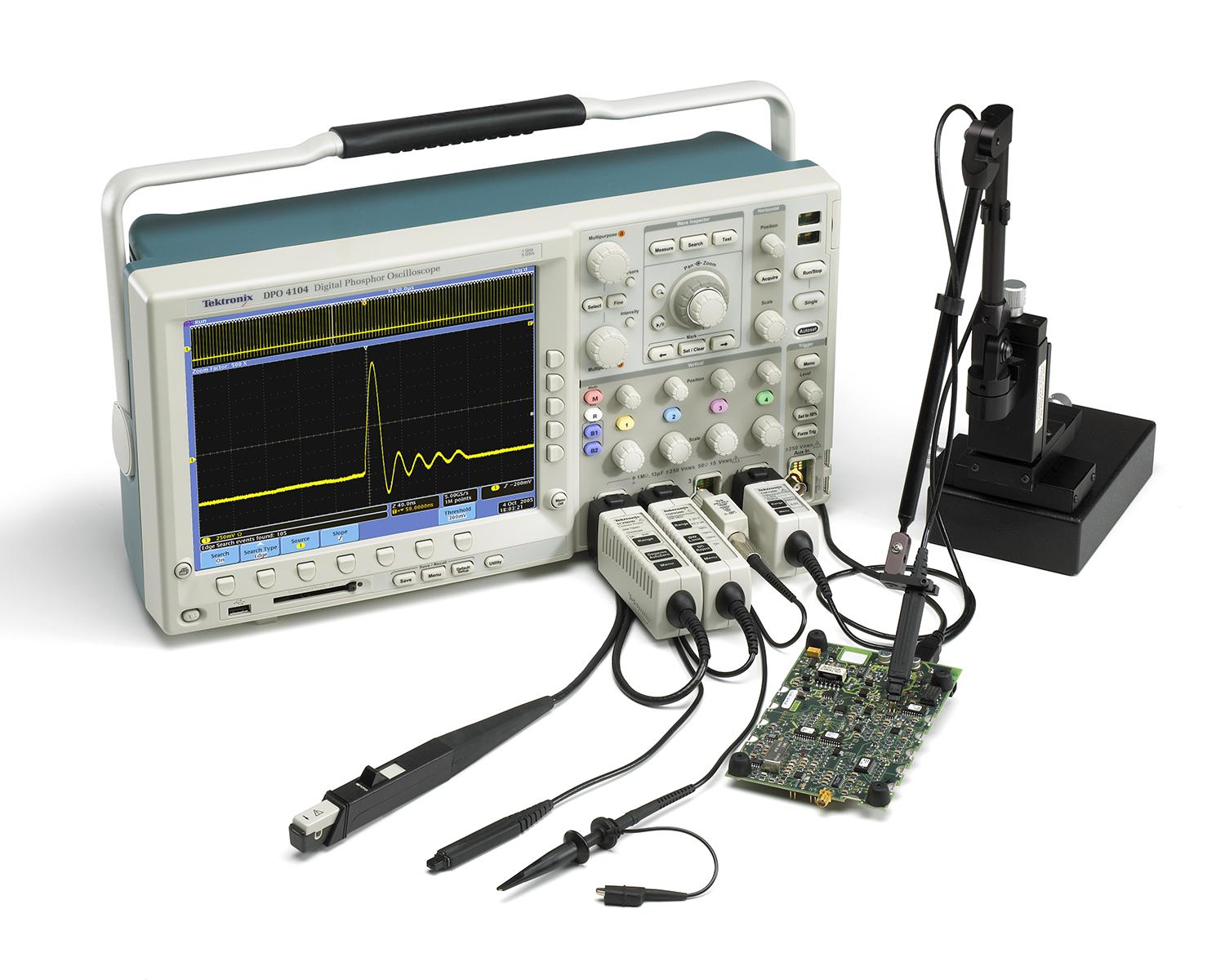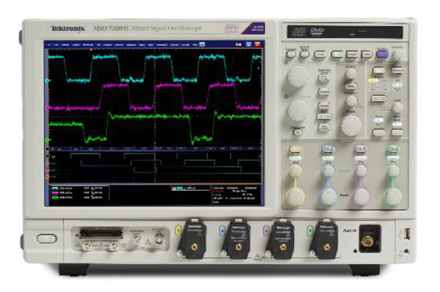Did you know? |
What do you have to look for to choose the right oscilloscope for your application? Read more...
Latest Oscilloscope News |
In 2014 Teledyne LeCroy launched first 100GHz sampling realtime oscilloscope with 240 GS/s sampling rate the LabMaster 10-100Zi. Read more...
In 2010 Rohde & Schwarz entered the oscilloscope market. 2005 the company acquired HAMEG, a manufacturer of low-end oscilloscopes. Read more...
In 1996 Hewlett-Packard introduced the first mixed-signal oscilloscope (MSO) with two 100 MHz analog channels and 8 or 16 digital logic channels - the HP 54645. Read more...
LeCroy built 1971 the first real-time digital oscilloscope (WD 2000) with a memory depth of 20 samples and a sampling rate of 1 ns. Read more...
Hewlett-Packard (HP) introduced in 1969 the HP 1200A an all solid-state oscilloscope with 500 MHz bandwidth. Read more...
The sampling technology was invented by Hewlett-Packard (HP). The first product was launched in 1960, the HP 185A with a bandwidth of 500 MHz. Read more...
Tektronix introduced its first oscilloscope (Model 511) featuring automatic triggering, calibrated readings and high accuracy in 1947. Read more...
Oscilloscope Basics |
Oscilloscope Probes – Vital Link in the Measurement Chain

Oscilloscope Background |
Digital Debugging - better using a Mixed-Signal-Oscilloscope or a Logic Analyzer?
 Today’s technology is fundamentally balanced on an increasingly fine line between the analogue and digital domains; as data speeds increase — both within and between devices — the ‘ideal world’ of fast, clean digital transitions becomes evermore difficult to achieve. This presents new and escalating challenges when verifying faster digital signals that exhibit more and more analogue-like features. As a result it is becoming necessary to remove the hard line between digital and analogue.
Today’s technology is fundamentally balanced on an increasingly fine line between the analogue and digital domains; as data speeds increase — both within and between devices — the ‘ideal world’ of fast, clean digital transitions becomes evermore difficult to achieve. This presents new and escalating challenges when verifying faster digital signals that exhibit more and more analogue-like features. As a result it is becoming necessary to remove the hard line between digital and analogue.

 How to resolve AdBlock issue?
How to resolve AdBlock issue? 